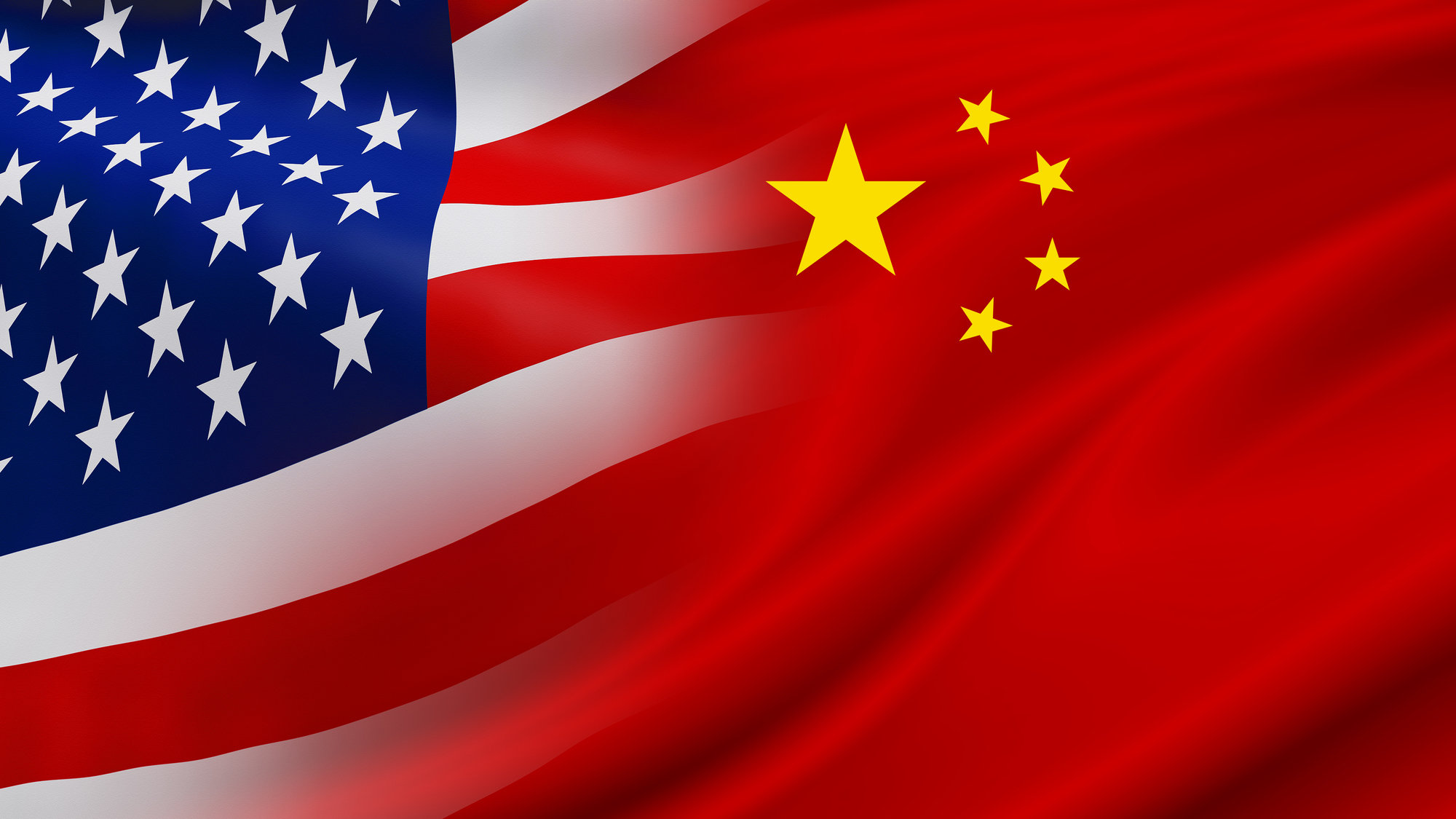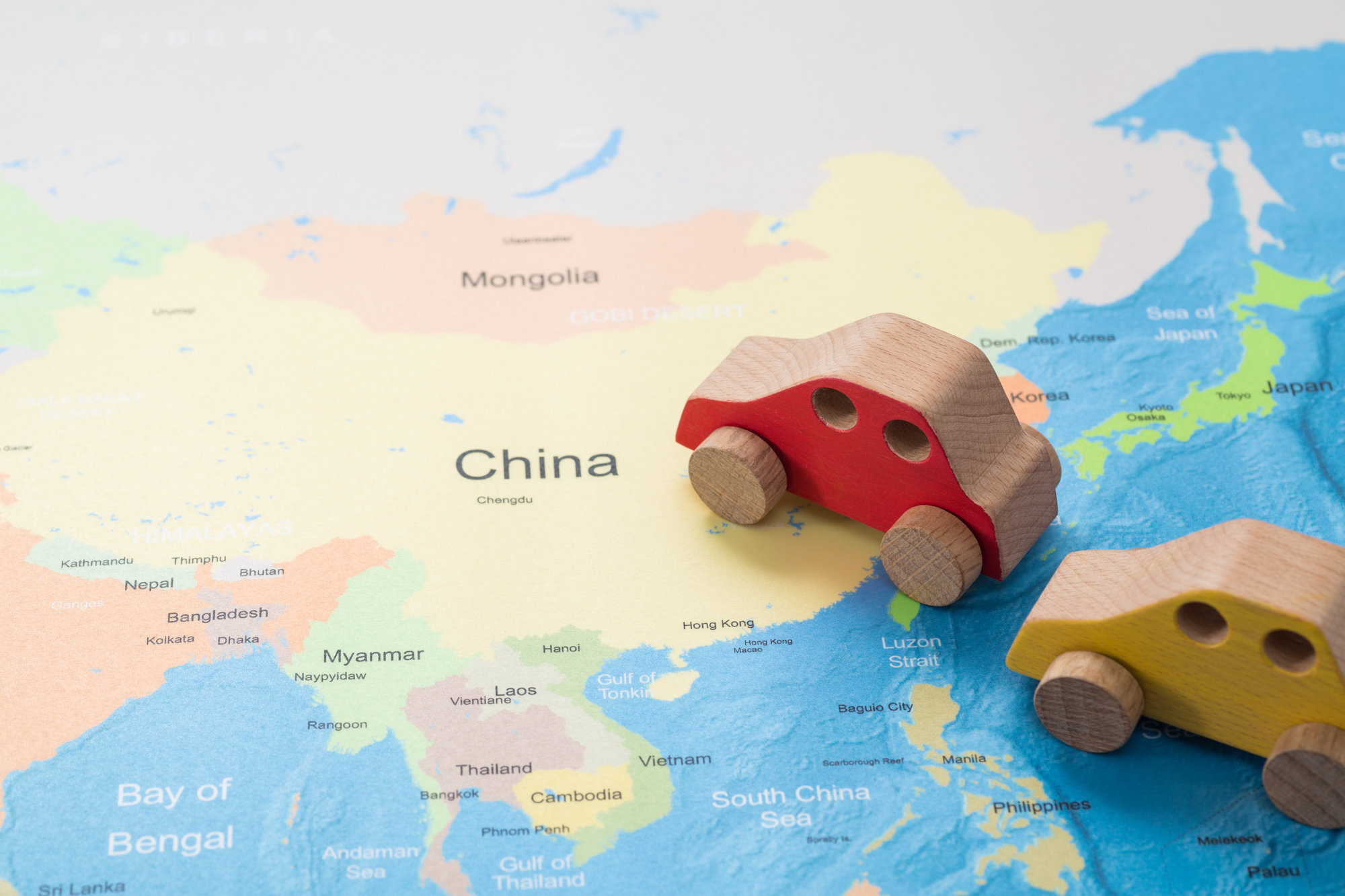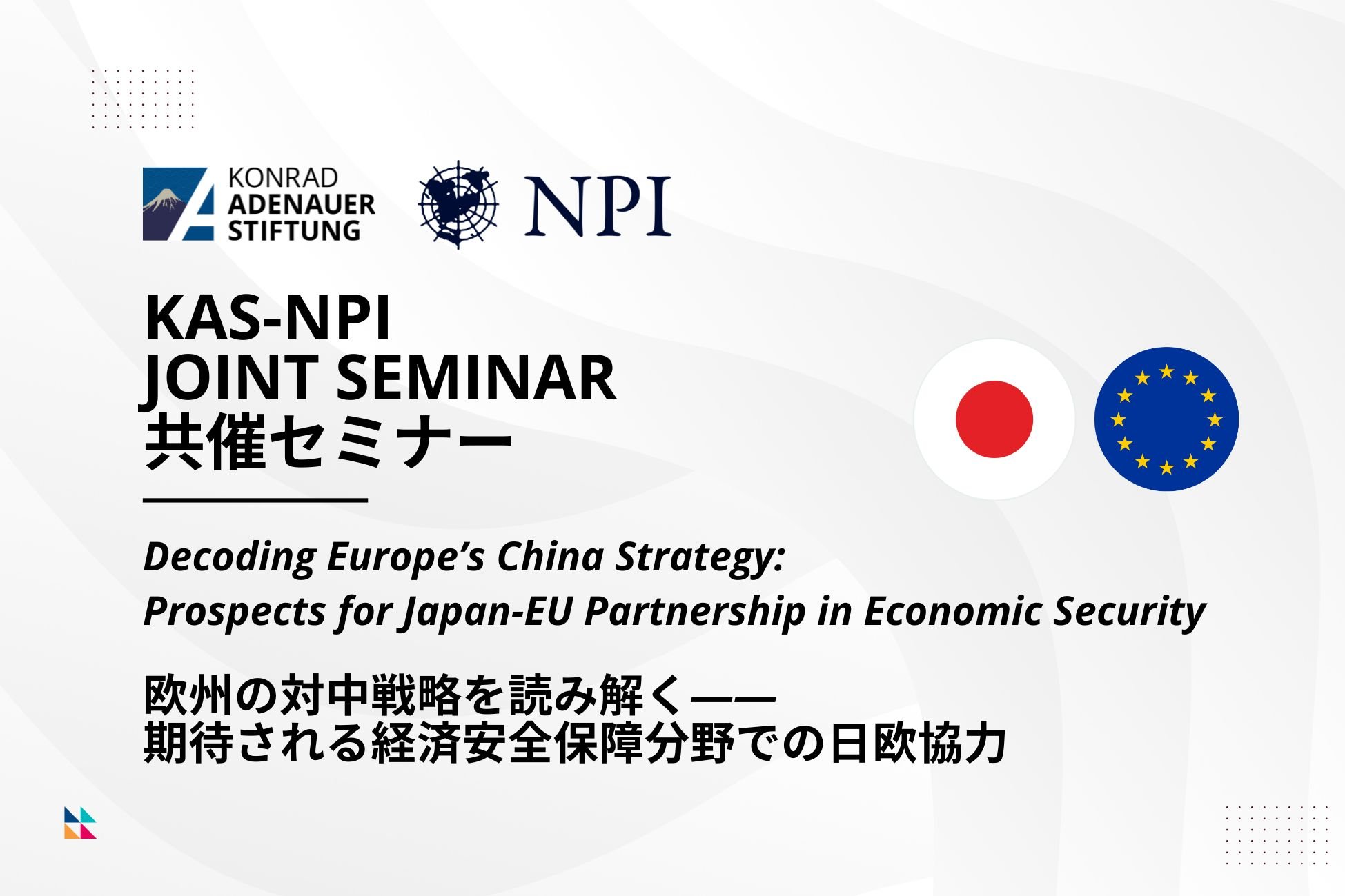2013/06/04
No. 177: Junji Nakagawa, "Serious Efforts Necessary to Reinvigorating the WTO"
[PDF version]
The WTO stands at a critical juncture as a mainstream institution for global trade governance. While the Doha Development Agenda (DDA), which started in 2001, has long been in deadlock, many of its Members are pursuing trade liberalization through free trade agreements (FTAs). Why has the DDA been deadlocked for such a long time? The changed power structure among the Members has been the major cause, as a few major trading nations, or the Quod (US, EU, Japan and Canada), no longer have the power to make a decision which will later be adopted by consensus. Instead, major trading nations, represented by the US and EU, have to secure the consent of emerging market economies, represented by India, Brazil and China, before reaching final agreement of the DDA. As these key players (US, EU, India, Brazil and China) conflict with each other on a number of issues on the DDA negotiating agenda, there is a slim chance that they will reach agreement on the whole package of the DDA.
The changed power structure among the Members was, however, not the only reason for the recent policy shift of the WTO Members toward trade liberalization through FTAs. Although it is true that the stalemate of the DDA has accelerated the proliferation of FTAs, it is not adequate to regard the WTO and FTAs as mere alternative means for trade liberalization, because they differ in the coverage of market access and rules. The WTO aims mainly at liberalization of trade in goods and services and protection of intellectual property rights. Its regulatory coverage is mainly over behind-the-border, non-tariff barriers to trade in goods and services. On the other hand, the FTAs aim at not only liberalization of trade in goods and services and protection of intellectual property rights, but also liberalization of government procurement and investment. Their regulatory coverage is also broader than that of the WTO, encompassing competitive conditions and regulatory environment of the parties' private firms conducting trade and investment in the other parties' markets.
In sum, private firms came to require better business environment for their trade and investment activities since the late 1990s, and countries came to conclude FTAs and bilateral investment treaties (BITs) to meet these requirements. Why, then, did private firms come to require better business environment since the late 1990s? It was because supply chains, or production networks, were rapidly globalized since the late1990s, due to the innovations in information and communication technology (ICT) and transportation technology, and the resulting reduction in communication and transportation costs among different production and distribution processes across borders. This new type of international division of labor, or global supply chains, rapidly progressed in East Asia in manufacturing industries in the 1990s (Factory Asia), but has soon spread globally, covering not only manufacturing industries but also service industries. The bottom line is that the global supply chains require a set of rules and policies which are different from those required by the traditional, Ricardian international division of labor. They include not only trade liberalization, trade facilitation and protection of intellectual property rights, which are covered by the WTO, but also investment liberalization, investment facilitation and regulatory harmonization in a broad range of economic regulations, and many of the latter are covered by FTAs and BITs. This is why the US intends to negotiate the Trans-Pacific Partnership (TPP) Agreement as "a high-standard, 21st century agreement".
This is the major cause of the proliferation of FTAs and BITs since the late 1990s. In light of this, we have to make a rather pessimistic forecast on the future of the WTO. Even if the WTO finds ways to overcome the deadlock of the DDA, reflecting the changed power structure among the Members, insofar as it remains a promoter of trade in goods and services, its role in the global trade governance will be diminished, and will be replaced by FTAs and BITs. This may have two potentially detrimental effects on the global trade governance. First, accumulation of FTAs and BITs has a slim chance of producing global rules and institutions which come up to the WTO. Secondly, some countries, most probably the least-developed countries (LDCs), will be excluded from the global supply chains and the networks of FTAs and BITs. Global trade order will be decentralized and economic rules will be fragmented. LDCs will be excluded from prosperity and this will exacerbate global economic disparity and social disorder.
In light of these serious expected outcomes, we should take serious effort in reinvigorating the WTO by introducing a new set of agenda that meet the demand of the global supply chains. The WTO is equipped with a number of devices for rule creation and rule implementation by its Members with different stages of economic development; multilateral and plurilateral trade negotiations, special and differential treatments (S&D) capacity building for developing country Members, Trade Policy Review Mechanism, and the highly judicialized dispute settlement mechanism. These are an important and effective institutional infrastructure of the WTO as part and parcel of the global trading system, which cannot be attained by the proliferation of FTAs and BITs. We should redefine the role of the WTO, based on the demands of global supply chains, a new reality of the 21st century global economy. We should give it a new mandate, and mobilize its institutional infrastructure for the realization of the new mandate.
Japan is in a position to lead the revitalization of the WTO. As it finally joined the TPP negotiation, Japan is negotiating several mega-FTAs at a time, namely, the RCEP (ASEAN+6), Japan/China/Korea Trilateral FTA, and Japan/EU EPA. By infusing the high-standard trade and investment rules of the TPP into these mega-FTAs by reference to them, Japan may contribute to the evolution of these TPP rules to de facto global standards. Then, by infusing such de facto global standards into the WTO's new mandate, Japan may contribute to the revitalization of the WTO. This should be the utmost goal of Japan's trade strategy.
Junji Nakagawa is Professor of International Economic Law, Institute of Social Science, the University of Tokyo.
The views expressed in this piece are the author's own and should not be attributed to The Association of Japanese Institutes of Strategic Studies.








